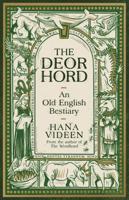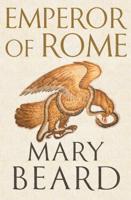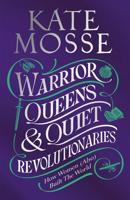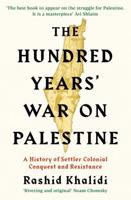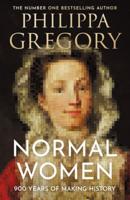Publisher's Synopsis
This historic book may have numerous typos and missing text. Purchasers can download a free scanned copy of the original book (without typos) from the publisher. Not indexed. Not illustrated. 1816. Excerpt: ... the sculpture corresponds in its character with what might be supposed to be produced in that age. These valuable reliques were first deposited at Zante, and after an unsuccessful negotiation for the British Museum, have been since purchased by auction for the Prince Royal of Bavaria, for 6000/. less than our government had directed to be given for them. Subsequently, the same investigators, with Mr. Lee, a gentleman of Warwickshire, has made a second discovery, a few feet under Disthe surface, near the remains of the temple Arcadia" of Apollo, at Bassae, upon Mount Cotylius, about five miles from the city of Phigalia, in Arcadia. This temple was of the Ionic order, and celebrated on account of its superior architecture.11 Two frizes which surrounded the temple have been brought to England, and have been deposited in the British Museum, at an expense, it is said, of 19,000/. eventually to be supplied by Parliament. One of the frizes extends to ninety feet in length, and about two in depth, and is su are said to hav.e been originally gilded. Monsr. Quatremere de Quincey is about to publish "sur la sculpture polychrome des anciens" Visconti. d Pausanias Khunij. Arcad. c. 42. p. 685. The original price was 60,000 dollars, (15,000/.) increased by an unfavourable exchange to 19OOO/. sterling. Ds-perior to the other in point of workmanship. coveries in _ 1 Arcadia. The subjects represented are the combats of the Amazons, with the Hellenists, and of the Greeks with the Centaurs. Both exhibit specimens in individual figures, which have the true feeling of the best style of sculpture, and are probably of. the Phidian school, as the architecture of the temple was that of Ictinus, who built the Parthenon. But candour must allow, that there is occasionally an inferio...


